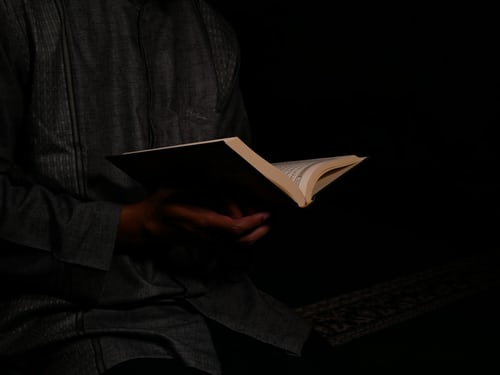Inspiring Older Readers
 posted on 11 Apr 2017
posted on 11 Apr 2017
Ariel: A Literary Life of Jan Morris by Derek Johns
This was a completely unexpected gift – and what a delightful one it turned out to be.
Published in 2016 to mark Morris’s 90th birthday, this is a “literary life” – a life told through the books – of the great travel and historical writer, Jan Morris. Derek Johns was her literary agent for over twenty years.
It’s a relatively slender book, but elegantly produced and graced throughout – including its cover – by Morris’s own pen-and-wash drawings, which are beautiful. I had no idea she was also an artist – and a fine one, too. Is there anything that Jan Morris hasn’t successfully turned her hand to in her long life?
The bare facts of that life are worth rehearsing. Morris is very much a child of empire. Born James Morris in 1926 he was educated at the Cathedral Choir School, Christ Church, then at Lancing College, and then from 1949 as a mature student of twenty-three at Christ Church College, Oxford University. It is worth emphasising that by the time the young James Morris entered university he had been a cub reporter on the Western Daily Press, served in the 9th Queen’s Royal Lancers, secured a commission at Sandhurst, learnt Arabic, met and married Elizabeth Tuckniss, and spent a year in Cairo on the staff of the Arab News Agency.
But of course the most widely known fact about Morris’s extraordinary life is that in 1972 James – the dashing undergraduate, soldier, journalist and traveller – underwent “this sex-change thing – so called” (as she referred to it in a 2008 interview) and commenced life as Jan Morris.
There isn’t much in Ariel that illuminates the inner or private life of Jan Morris but in many respects it’s none the worse for that. An overview of her nearly fifty books has been long overdue and in this Ariel performs a necessary and useful service.
But don’t let this suggest that Ariel lacks substance or is uninformative. It is a deeply perceptive book and is especially good on Morris’s writing and in particular her evolving prose style – the supple, magisterial, perfectly weighted sentences with their inner rhythms and “tensile strength” that swiftly became her unmistakeable signature. (For all their occasional ‘campness’ and purple patches, as steely and unflappable as one suspects Jan Morris herself probably is.) Personally, I found this amongst the most enjoyable – and most instructive – aspects of the book.
Some reviews of the book condemned it as uncritical, suggesting that Johns is too soft on some of Morris’s shortcomings – especially some of the racial attitudes expressed in her earlier works. I think this is a little unfair. On balance he deals with Morris’s personal views fairly even-handedly: they are not dwelt on but nor are they simply glossed over. Johns recognises Morris’s early attitudes as being of their time and to some degree of Morris’s class and upbringing – embarrassing lapses that are best forgotten.
In any case one doesn’t read Morris for her progressive views. Empire after all has been her great historical subject and she is a romantic, a nostalgist, for high imperialism – more accurately, perhaps, for the aesthetics, ritual and theatricality of imperialism, with which she has described herself as being in “sensual sympathy”. Certainly, her prose style at its most opulent – shaped as it was by countless rereadings of Charles Doughty’s Travels in Arabia Deserta, the opening paragraph of which she apparently used to sing in the bath – seems uniquely attuned to the imperial period, and her enduring masterpiece will surely be the great Pax Britannica trilogy, “the intellectual and artistic centrepiece of my life” as she has called it.
While Ariel is by no means a biography proper, if you’re looking for a ‘way in’ to Jan Morris’s long and extraordinary life and want an overview of her key books – as well as some insight into the circumstances in which they were written – then it can be wholeheartedly recommended. And as I say, Johns writes in an especially informed way about Morris’s writing methods and style, and I think reviewers on its publication skimped in acknowledging this – largely, I suspect, because they wanted what they can’t yet have: a full-length biography. In any case, the reviews I have looked at really did rather underrate the book.
Ariel sent me back with renewed interest to Morris’s books, including some I haven’t previously read – and surely this is what books about writers should do. In this instance we are doubly fortunate because in James and Jan we get two for the price of one: the inexhaustible treasure trove of what Rebecca West called the greatest descriptive writer of her time.
Alun Severn
April 2017